- 1. Google Grow My Shopify Store
- 2. Get Feedback From Other Shopify Store Owners And Experts
- 3. Leverage Psychological Sales Hacks
- 4. Set Up Instagram Shopping
- 5. Use Giveaways and Contests For Your Shopify Store
- 6. Influencer Collaborations
- 7. Use Landing Pages For Your Online Store
- 8. Optimize Your Checkout Process
- 9. The Shopify Exchange Marketplace
- 10. Use Direct Checkout For Popular Items On Your Store
We’ve got a confession to make: we’re lazy.
We love finding ways to get the most out of the time we put into store growth.
And if you’re trying to balance eCommerce store sales with growing your Shopify business, you’ll need all the efficiency you can get.
In this article, we put together a list of our favorite Shopify hacks to get more done in less time and jump-start your Shopify store sales.
If you don’t like hacks, call them tips, tricks, workflows, or anything else you want, the results will be the same: more sales.
Let’s jump right into it.
1. Google Grow My Shopify Store
Our first “hack” is a relatively little-known tool from Google called Grow My Store.
Grow My Store is a pretty simple tool.
It analyzes your store and produces a report that shows how you stack up against similar stores in your industry.
We’re starting with it because it gives you the most bang for your buck.
It’s a free tool that gives you a basic report of all Shopify stores’ fundamentals.
We’ve seen even seasoned online marketers and eCommerce specialists fall prey to basic mistakes.
So, if you can nip those mistakes in the bud with a free tool and a minimal time investment, why wouldn’t you?
Grow My Store Report
The report includes 22 customer experience metrics across eight categories. Those categories are:
- Product information
- Store information
- Personalization
- Frictionless shopping experience
- Flexible fulfillment
- Customer service
- Security
- Mobile-friendliness
All you have to do is input your store’s URL and then click Get Started.
From there, you follow a few on-screen instructions, such as picking your industry, and you’ll get the report within a few minutes.
Now, as good as that sounds, it’s not perfect.
We wouldn’t recommend just satisfying Google and calling it good. Instead, think of the report as a way to ensure your fundamental customer experience is in place.
And, remember that these are metrics about what Google thinks your customers want. That may not be the case if you’re in a specialized industry or niche.
To conclude, Grow My Store is a great tool, but it doesn’t replace common sense.
2. Get Feedback From Other Shopify Store Owners And Experts
OK, we can feel a few people starting to roll their eyes at this one.
But, bear with us. There’s a lot more meat on this bone than you might think.
Here’s what we think of when talking about Shopify hacks: a repeatable method that improves efficiency and productivity.
So, while this hack isn’t scalable, you can still apply it in a way that’s repeatable and gives you a whole bunch of actionable information at once.
The trick is to know where and how to ask.
Where To Find Good Feedback For Your Shopify Store
One of the best places to find real-world input from people in the Shopify space is Reddit.
Specifically, the r/reviewmyshopify subreddit.
If you’re new to Reddit, you’ll find that honesty and a sense of self-awareness will be the best approach. You can ask broad questions about your Shopify store in this subreddit, but the more specific you are, the better the answers will be.
And, keep in mind that it’s a place to review stores, not a place to learn to make them, so make sure you’ve put in the effort, and you’ve got something to show for it.
The Shopify Store Feedback Forum
If you take the time to look through the (massive) content archive on Shopify, you’ll see that the company’s site is the best source of Shopify hacks.
But, you don’t have enough time to do that. After all, you’ve got a business to run.
So, you can refer to the distilled wisdom of Shopify partners and the rest of the community on Shopify’s dedicated forum for store reviews and feedback.
You can even get feedback directly from Shopify staff about what your store is missing. Most of the information is surface-level, but you’ll also get some advanced tips and tricks.
Where NOT to get Help For Your Store
In general, we haven’t found too much success getting great feedback from social media groups dedicated to Shopify.
This is not to say that there aren’t amazing and talented people you can find and work with on social media groups. But we’ve seen many “gurus” trying to push their services in these groups, so they’re a better resource for experienced Shopify sellers.
3. Leverage Psychological Sales Hacks
We organized these hacks in order from the broadest application to the most specific.
So, now that we’ve covered the two Shopify hacks that can help you in the broadest sense, we can start to narrow it down.
And we can move on to some more traditional “hacks” with direct effects on your buyers.
This isn’t an exhaustive list, but here are some of our favorites:
Social Validation — It’s no secret that peer pressure makes it easier for people to make decisions. We’re all social creatures, after all.
Social proof is one of our favorite tactics to use and one of the most effective.
Product reviews are an obvious way to show social validation and the most direct. And while most people already use review apps on Shopify, a lot of the best social proof comes from your social media presence.
Yet, we see many stores fail to leverage that resource.
So, we’re going to reveal one of our favorite tools to automate that process.
Shoutout.so is a tool we love that turns social media activity into instant social validation. You’ll often have an easier time getting feedback in the form of social mentions than product reviews. For example, compare these two buttons:
Loss Aversion — People are more afraid of missing out than they are motivated to gain something.
That’s a simplistic way to describe a behavioral concept known as prospect theory.
Here’s what it means for your Shopify store:
🔎 Framing your calls to action in the form of potential losses leads to better sales performance than in terms of what your customer stands to gain.
For example, compare these two buttons:
Button 1:
Button 2:
Both mean the same, but which one are you more likely to click on?
If you’re like most people on this planet, you prefer button number one.
And, you can take advantage of loss aversion throughout your entire sales funnel.
Whether you’re offering free trials, discounts, or even a referral program, you can always frame it in terms of what a person stands to lose.
Use Faces To Guide Attention — Did you know that we have an area in our brains mainly dedicated to recognizing faces and facial expressions? It’s called the fusiform gyrus, and the fact that it’s there tells you how crucial facial recognition is for humans.
🔎 Human faces draw our attention almost to the point of compulsion. We can’t help but look at a face when it’s in our field of view.
Advertisers have been using this trick for hundreds of years. And artists have been using it much longer even.
It’s something that the Old Masters knew very well.
It’s evident from looking at the painting below how the painter uses faces to guide our eyes through the painting.
Source: National Gallery, London website
Did you notice how your attention was drawn to the faces despite them only taking up a tiny portion of the canvas?
You can hack into this behavioral quirk by using faces to boost sales.
It’s pretty simple—when you want people to focus on something, put it next to a face.
Like this:
A caveat:
You can definitely go overboard with this, more so than with other Shopify hacks.
That’s why you see so many wild faces on YouTube thumbnails. But, if you use it wisely, it’s one of the easiest ways to move the needle with minimal effort.
Those are the three easiest, and simplest psychological Shopify hacks that we like to use.
However, there are (literally) thousands more out there; it all depends on what kind of store you’re running and what your goals are.
Need help creating, optimizing, and managing Google ads?
4. Set Up Instagram Shopping
You can link up your Shopify store with Instagram to provide a seamless shopping experience for your Instagram audience.
We’re always surprised to see Shopify owners who could plainly benefit from Instagram shopping, but don’t implement it.
For many of you out there, it’s a way to instantly increase sales and your prospective audience with a few minutes of work.
Here’s how it works:
1. Convert your Instagram profile into a Professional account.
You can do this step directly from the Instagram app but going into the Settings, tapping on Account, and selecting Switch to Professional Account.
2. Activate Instagram Shopping in your Facebook sales channel.
Complete this step from your Shopify admin account by selecting the Facebook sales channel overview and then accessing the Instagram Shopping section.
3. Add your products to Instagram account
From there, you simply need to add your product catalog to Instagram and you’re done.
We almost hesitate to call this a hack, given how much Shopify tries to promote this feature. But, it’s worth mentioning since there are still thousands of stores out there that don’t use it.
5. Use Giveaways and Contests For Your Shopify Store
Giveaways and contests are a digital marketing treasure trove that doesn’t get enough attention.
It’s more a marketing strategy than a hack, but Shopify owners are uniquely positioned to take advantage of it due to the platform’s excellent analytics and integration.
The only reason these techniques are so underused is that they’re often misused.
Giveaways, in particular, have a way of going viral with very little investment.
You can end up getting more leads than you know what to do with. And we’re going to give you a surface-level outline of how we’ve run giveaways in the past to generate massive traffic and sales boosts.
1. Prepare Giveaway Contest Details
First, you’ll want to prepare the prizes for the contest. Which prizes work best depend on your industry, but some effective prize ideas include:
- Gift cards
- Just-released products
- Holiday-themed gifts
- Customized products
- Limited-edition products
2. Set Concrete Goals
Giveaways can solve a lot of your customer acquisition problems. But not every giveaway solves every problem.
Potential giveaway goals include:
- Lead generation
- Brand awareness campaigns
- Promote specific products or product releases
- Increase social media engagement
Clear goals will guide your giveaway strategy and how you measure success.
3. Choose The Right Software
Next, you’ll want to hitch your wagon to the horse that delivers the best performance. In other words, giveaway software that performs all the actions you need.
We use Vyper.ai for a lot of reasons, but mainly because it makes it so easy to add viral actions to the giveaway and has best-in-class analytics.
There are many Shopify app options that let you run giveaways directly through your store. Some have great features, so by all means, explore them in the Shopify app store.
Need help finding the best Shopify apps for your store? Read our guide on the best Shopify tools.
6. Influencer Collaborations
If you think your store isn’t in the right niche to collaborate with influencers, think again.
There are influencers in every niche you can imagine, no matter how small.
In fact, influencers with a smaller base in tighter niches usually have much higher engagement rates.
Put another way…
Even if they help you reach fewer people than a celebrity-level influencer, the people you reach are much more likely to become customers.
There are many ways to collaborate, but the one we’ve found works best is the channel takeover method of influencer marketing.
Channel Takeover Method
For this approach, you’ll identify influencers to collaborate with and basically use their channel to promote your products or store as a whole.
To be effective, you’ll need to have a solid understanding of ad campaigns and you’ll need to perfectly emulate the tone and voice of your influencer partners.
If the influencer’s audience feels like the campaign is a mindless cash-grab, you won’t generate engagement and your influencers will lose trust.
Read our Influencer Marketing Case Study to find out how to best leverage the tactic.
Other Approaches to Influencer Marketing
If you want a more straightforward approach than channel takeovers, other common ways to collaborate include:
Sponsorships
Pay influencers to use your products and/or review them.
For this approach, it’s best to work with influencers whose typical follower matches your buyer persona closely.
Product Collaboration
If you’re in the position to do so, creating a product in collaboration with an influencer in your space can work wonders for sales.
A great example of this is keyboard maker Ghost USA, which partners with many influencers to make customer peripherals.
Ideally, both the influencer and your brand will get a bump from the collaboration.
The challenge comes in finding the right partners who are willing to work with you in the way you need and with the right audience.
7. Use Landing Pages For Your Online Store
The concept of a landing page is something too many people don’t quite understand. And it’s a shame because they’re such a powerful tool for eCommerce.
Landing pages serve a singular purpose:
To get your audience to perform an action.
And here’s why they’re so effective:
Even the best eCommerce stores have various elements that compete for attention. But, it’s inevitable because there are elements that need to be there.
Like on Hasbro’s store:
Look at all those competing visual elements.
A landing page, in contrast, focuses on a single action.
Here are some examples of what landing pages can help you accomplish:
Lead generation — Landing pages are often the best way to get people to sign up for email lists, free trials, and other prospecting actions.
In fact, Shopify owes a lot of its business to a fantastic landing page that you’ve probably seen.
And, you can create targeted landing pages for each buyer persona you’re trying to entice. Personalizing landing pages this way can have an amazing impact on conversions.
Highlight your hero products — A landing page can focus your customer’s attention on one product and its features.
For instance, look at the beautifully simple design of this landing page for Mule Sauce.
And, do they work?
Heck yeah, they do.
Research by Databox surveying marketing experts reveals that landing pages enjoy a much higher conversion rate than any other single strategy.
So, how do you make a landing page in Shopify?
It’s easier than you might think.
There is a Shopify app for almost everything you might need on the platform, and landing pages are no exception.
Shogun Landing Page Builder is the best-known and a good starting point if you’ve never worked with landing pages before.
Using an app like Shogun will also teach you some of the best practices for making landing pages and help you achieve your sales goals.
8. Optimize Your Checkout Process
Cart abandonment is the biggest source of potential revenue loss in ecommerce.
And curbing it is one of the easiest ways to improve your sales performance with minimal effort.
While entire courses could be created on preventing cart abandonment, we’re only going to focus on some of the best hacks in this section.
Let’s start with an example of a fantastic checkout page.
This is Fitbit’s checkout page.
The first thing that stands out about it is how little content there is.
If your customer made it this far, there’s not much more to say, just let them check out as fast as possible.
Remove the headers and footers, and only include the necessary information. To that end, you should also collect only the information you need to complete the sale. Remove as much friction as you can at this point of the buyer’s journey.
Let’s see what else is working well on this page.
Free shipping.
It’s hard to overstate how important free shipping is in preventing cart abandonment.
In fact, research from Statista on cart abandonment shows that shipping costs are the most common reason why digital shoppers leave their purchases unfinished.
Free shipping is also much more effective than direct discounts at boosting sales, even if both reduce the price by the same amount.
But we’re not done with Fitbit’s checkout page yet.
Let’s keep going.
Another crucial element to increase your Average Order Value (and therefore revenue) is making product recommendations on the checkout page.
The trick is to make the right recommendations and make them discreetly.
Think of these recommendation feeds like the shelves right in front of the cash register in grocery stores.
With one crucial difference:
You get to peek into every customer’s cart before you stock the shelves. So, you want to populate the feed with items that other customers who bought that item also tend to purchase.
Create Exit-Intent Popups
Another powerful conversion booster is exit-intent popups. And they’re particularly effective in your checkout process.
Exit-intent popups in the checkout process can be just the extra nudge that many shoppers need to complete their purchase.
But you don’t always have to use discounts.
Actually, it’s better to avoid overusing discounts because you risk becoming a discounted brand.
Instead, you can offer the aforementioned free shipping, coupons for future purchases or include a progress bar to show customers how close they are to completing their order.
Enable Checkout Notes For Your Store
As Shopify hacks go, this next one is minor.
But the time investment is so small that it will pay for itself a hundred times over in any online store. It’s to simply enable Notes on your cart page for customers to leave special instructions.
Most Shopify themes allow notes by default, and you just have to enable them through your Shopify admin page or Shopify app.
No matter how good your product descriptions are or how well your online store is designed, there will always be a few customers who need extra attention.
The order notes serve as a catch-all.
They solve all those tiny issues that you can’t plan for and boost your sales in the process.
9. The Shopify Exchange Marketplace
Most of the typical Shopify hacks marketers recommend, such as split testing, image optimization, and SEO tricks, focus on what you’re doing.
But we find it equally important to pay attention to what your competitors are doing.
After all, if someone else solved a problem already, you can just implement the same solution and save resources.
And the Shopify Exchange Marketplace is the perfect place to get data.
And you’ll find it all the way down here…
…in the footer of Shopify’s home page.
There, you’ll find listings of stores for sale. You can search through them and filter for price, revenue, age, and industry.
Each listed store has a full breakdown of its expenses, profits, and even the seller’s advice about how to continue growing the business.
Can you imagine an easier way to get a road map to your store’s success?
10. Use Direct Checkout For Popular Items On Your Store
Our last Shopify hack is also the least time-consuming. But, despite how simple it is, it has proven its worth over and over again.
A direct-to-checkout button bypasses the cart entirely and sends your customer directly to checkout. That removes most of the friction from the shopping experience and only takes a few minutes to complete sales.
You can implement it directly through Shopify or by using one of the hundreds of “buy button” apps on the Shopify app store.
The direct checkout tactic is best for products that are popular in single-item sales or big-ticket items that are unlikely to be part of a larger cart.
The Only Bad Shopify Hacks Are The Ones You Don’t Use
You now have a toolbox of hacks to try out. But they’re only worth something to you actually go out there and try them out.
Try to remember that e-commerce is not an exact science. What works for one product or store may not work for another.
So, it’s always important to stay in the mindset of experimentation and find the solution that works for you.
Good luck. We’ll be watching the comments below if you need us.

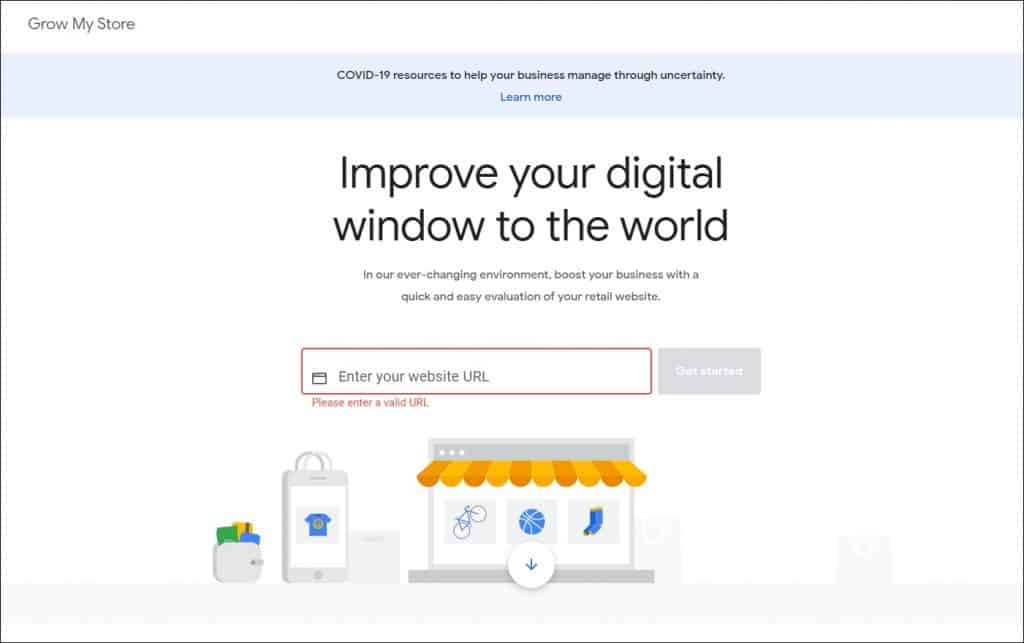
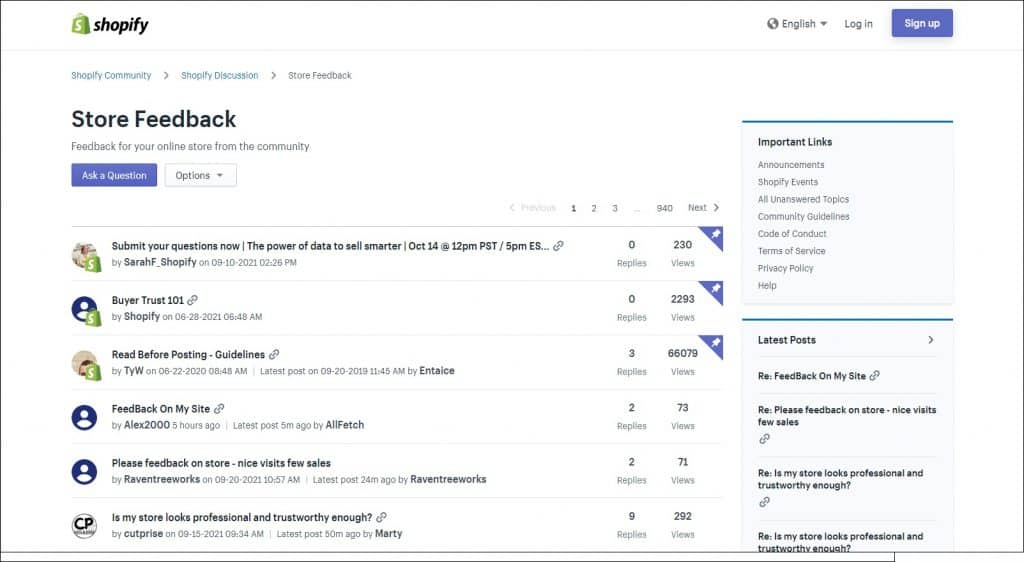



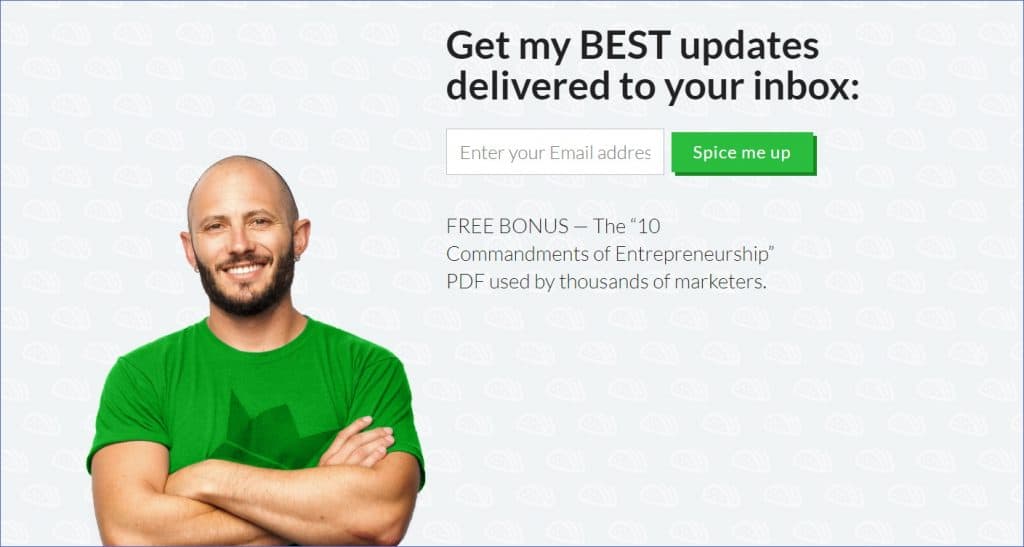

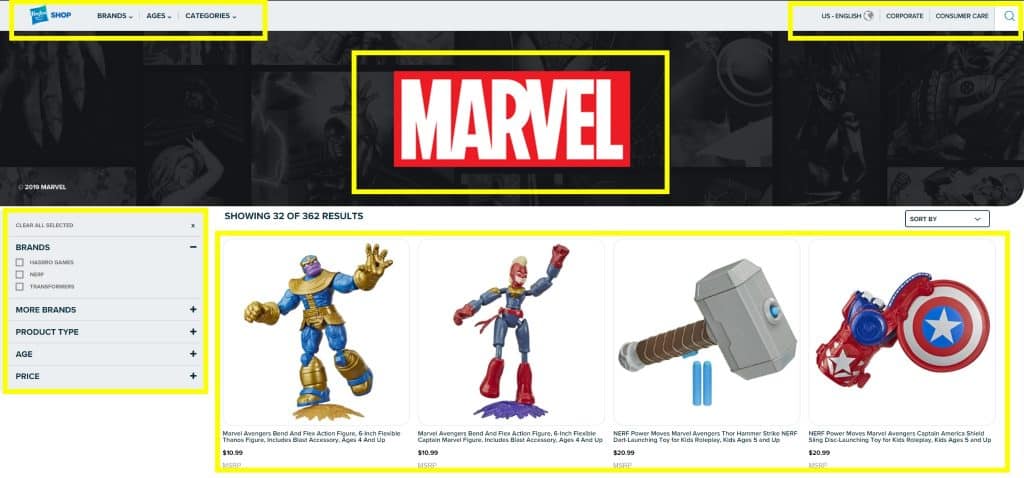
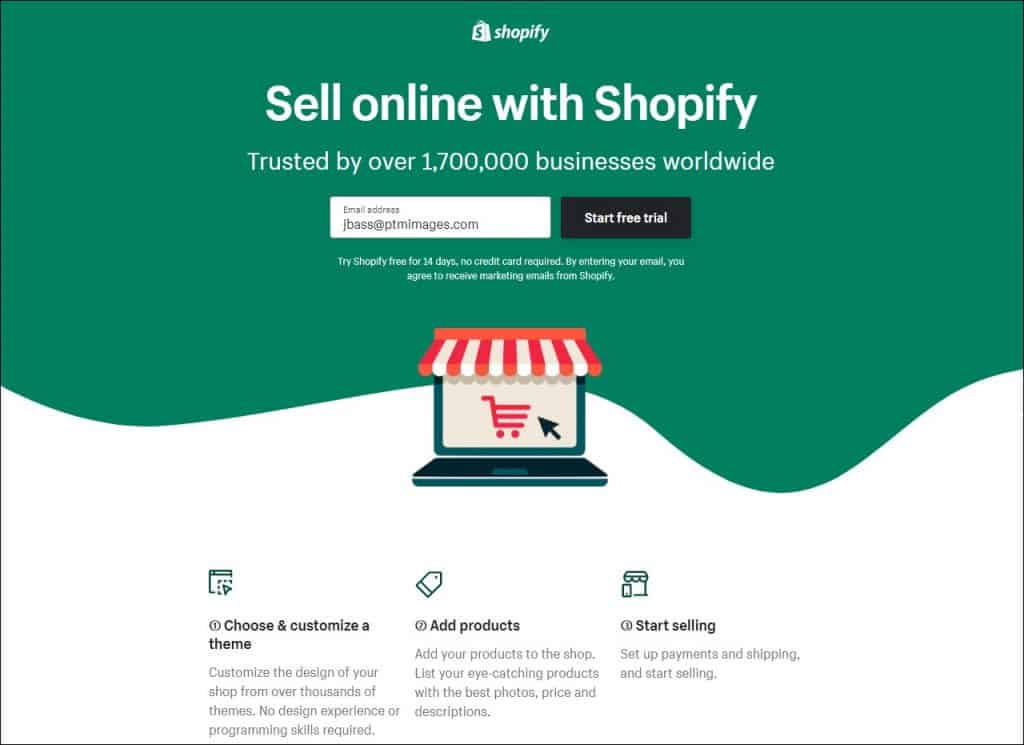

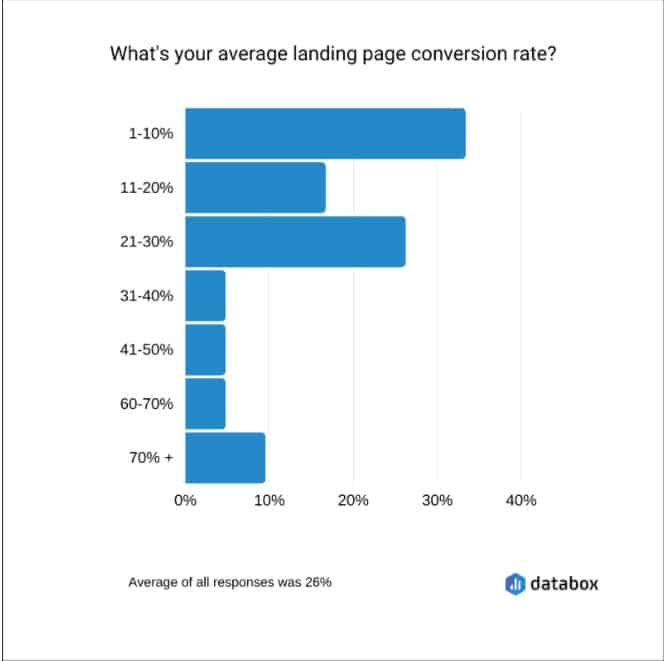
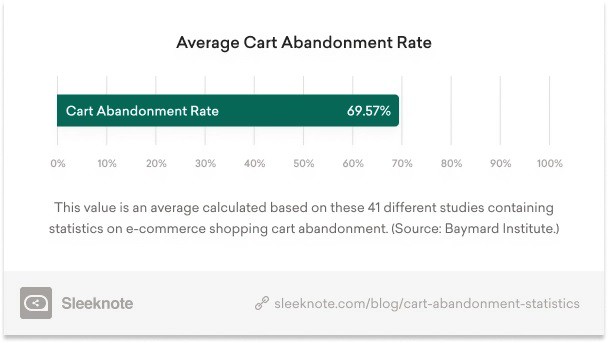
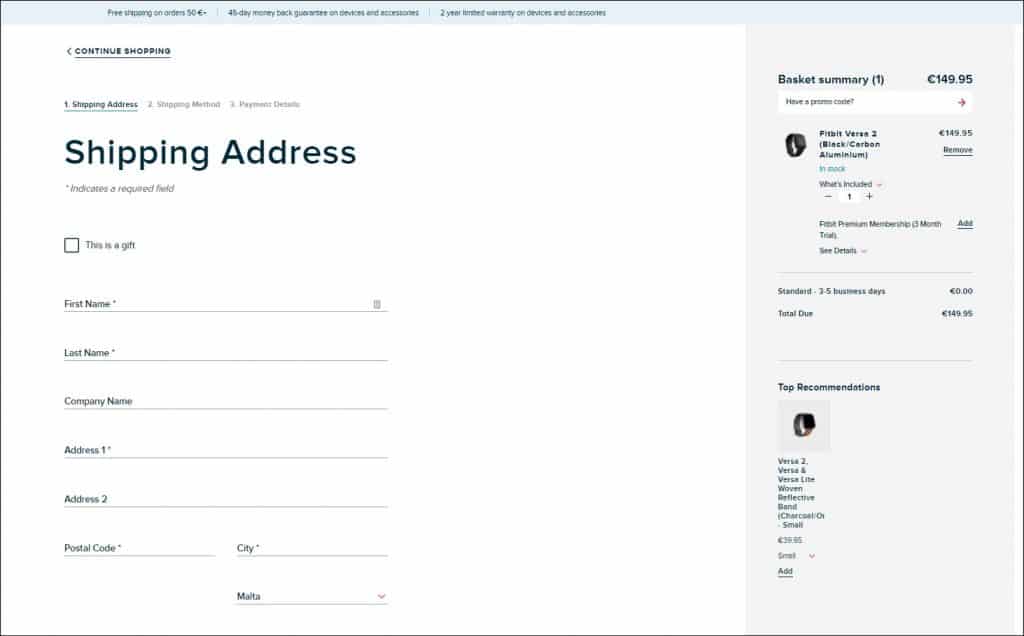
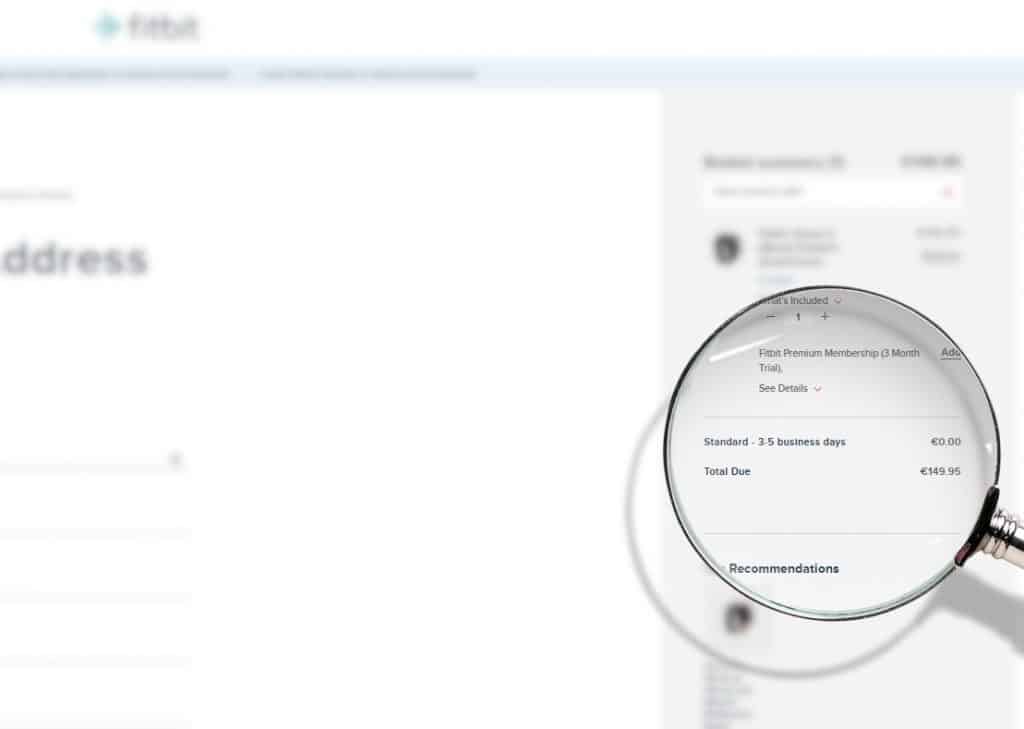

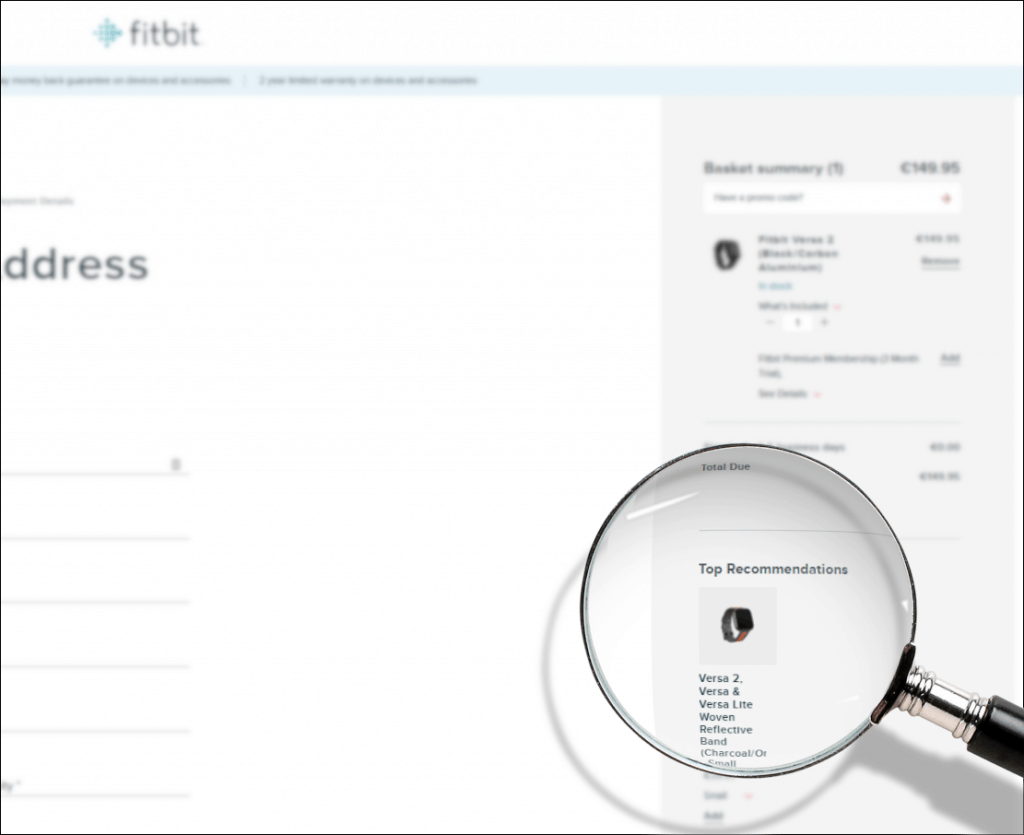

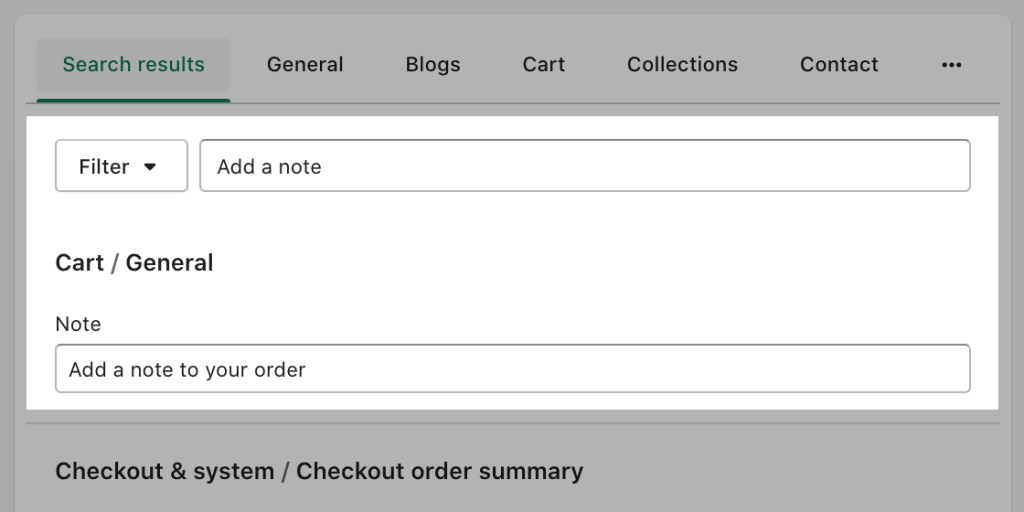
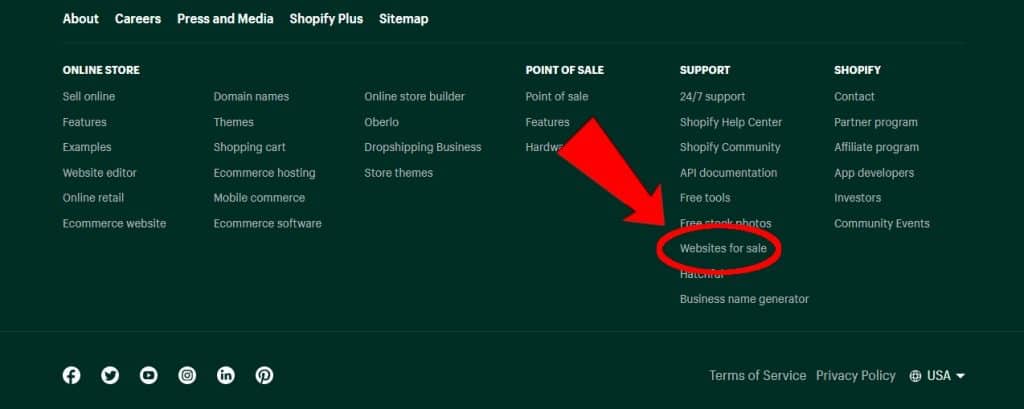
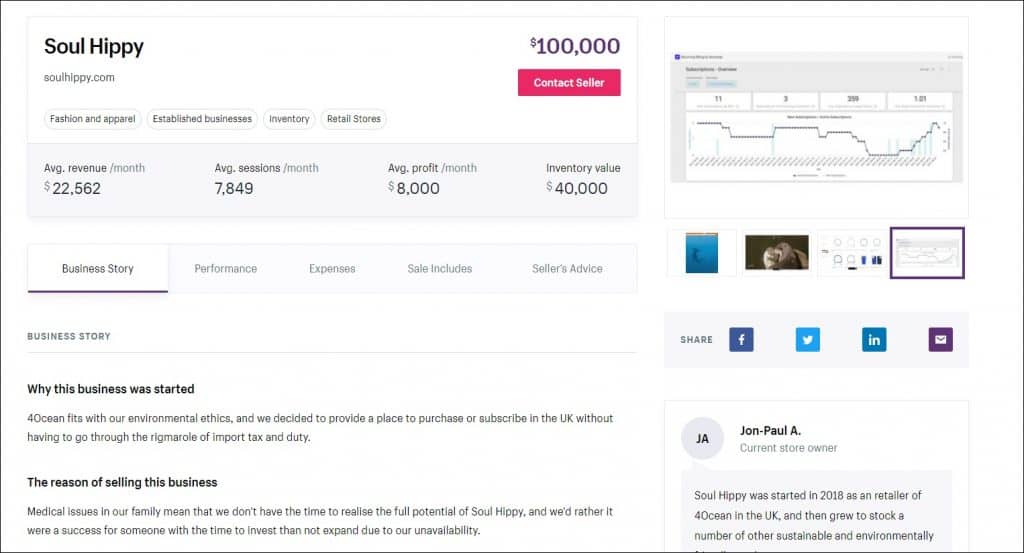
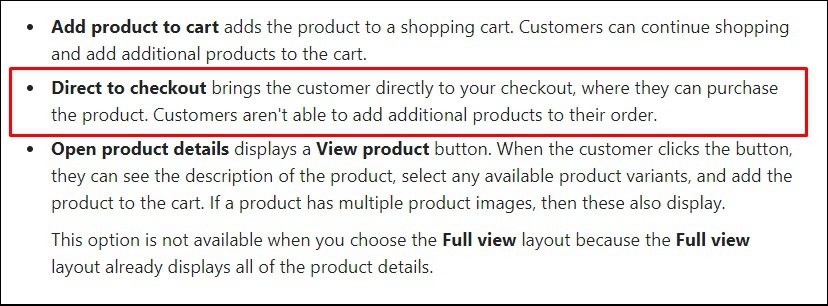

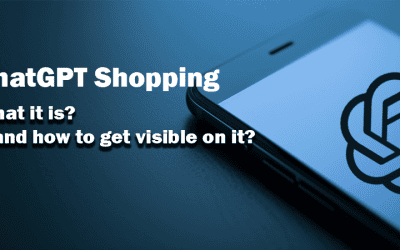
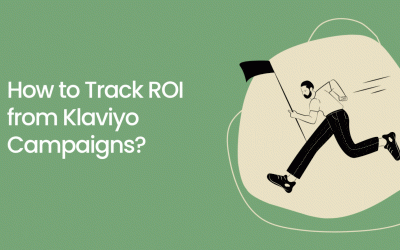
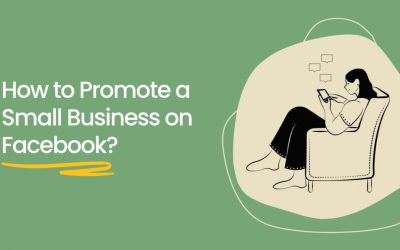
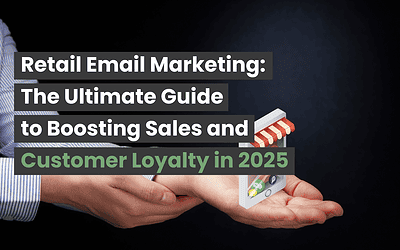
0 Comments